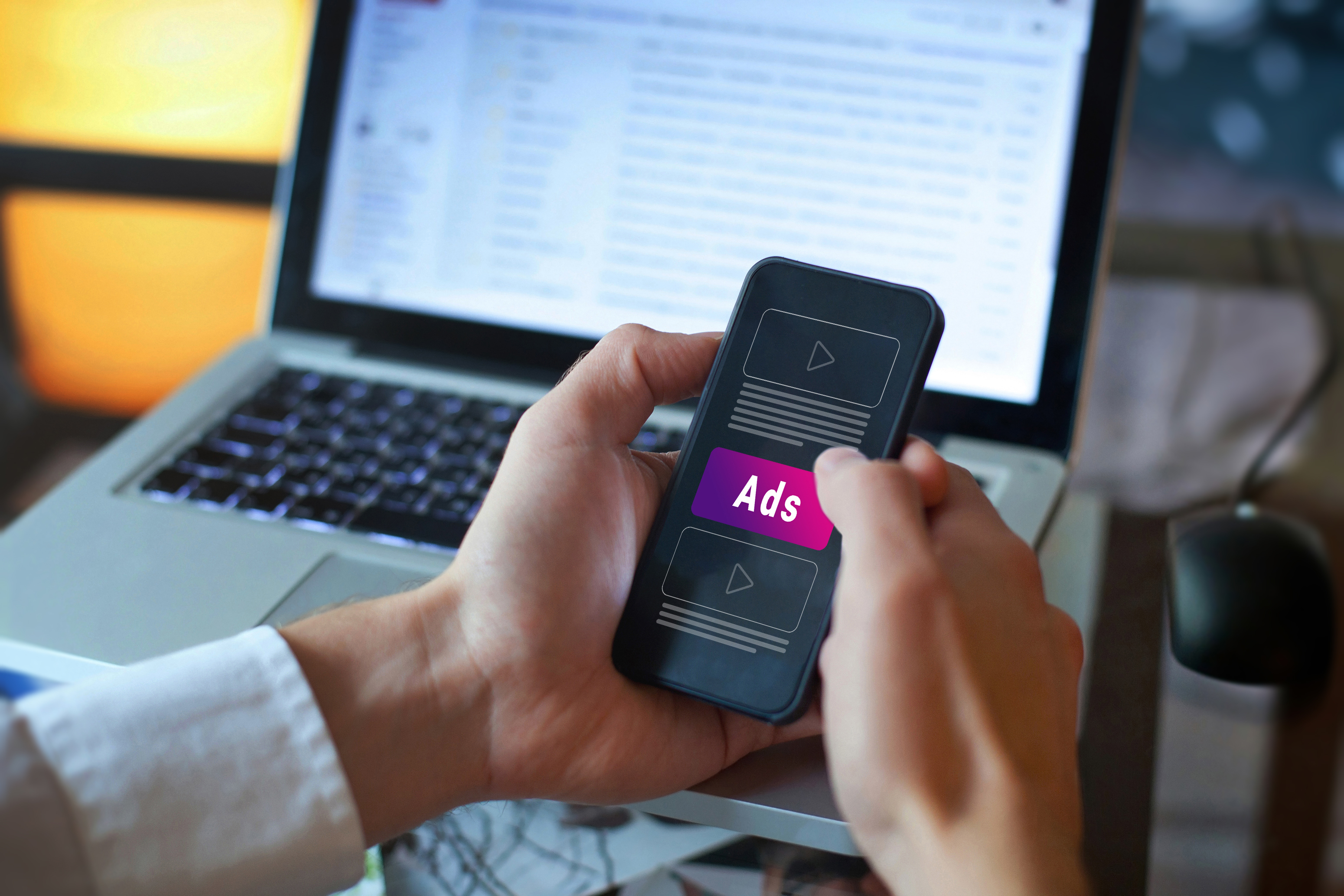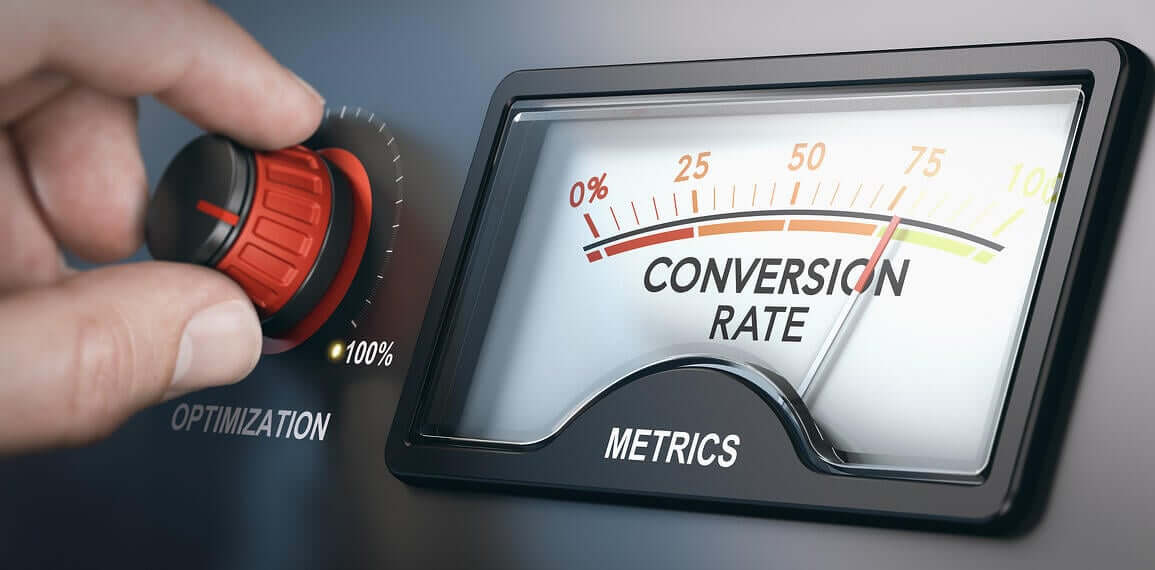
Cutting-Edge Marketing to Grow Your Business.
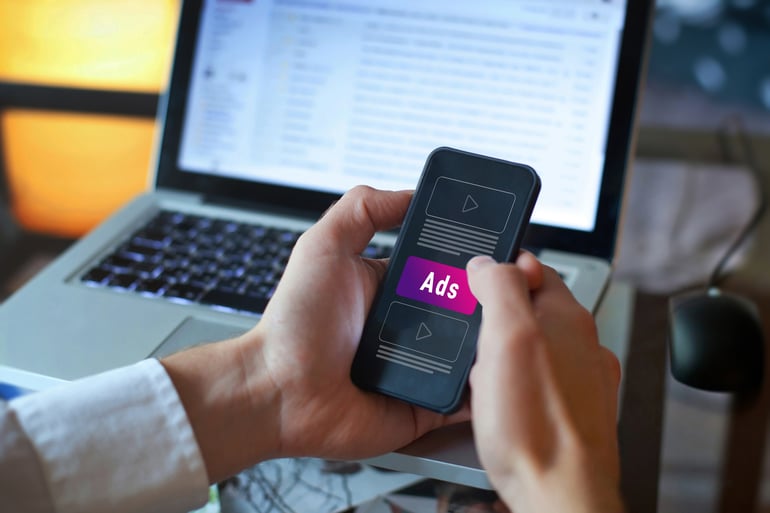
If you're a business owner, then you know that in order to be successful, you need to constantly be generating new leads. And in order to generate those leads, you need to be using paid advertising channels effectively. But what are the best paid media channels for inbound marketing? How can you make sure that your campaigns are successful?
This article will discuss the benefits of inbound marketing and how it can help your business grow, as well as the different types of paid media channels that are available and how to use them effectively. We'll also look at how to measure the success of inbound marketing and paid advertising campaigns, and provide tips for creating a successful inbound marketing campaign that incorporates paid advertising.
So if you're looking for ways to increase traffic to your website and generate more leads, read on. Paid advertising and inbound marketing can work together beautifully to help your business reach its goals.
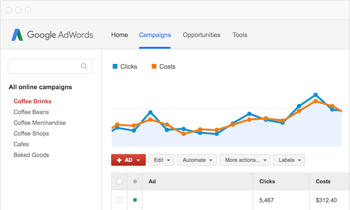
Inbound marketing and paid advertising are two powerful tools that businesses can use to generate leads and traffic. Inbound marketing involves publishing content on a website or blog, while paid advertising involves purchasing ads in order to reach a wider audience. Paid advertising can be used in conjunction with inbound marketing to great effect, but it's important to make sure that the campaigns are well-funded in order to see a good return on investment.
There are many different types of paid media channels that you can use in your inbound marketing campaigns. Paid search and paid social are the two most common, and both allow you to target specific keywords in order to reach the right people. Additionally, inbound marketing allows you to collect data and track results in order to understand what's working, and what isn't, which can help you optimize your campaigns in the future.
PPC (Pay-Per-Click): PPC is an extremely effective inbound marketing tool in which businesses pay a fee each time their ad is clicked on. This type of ad is typically placed in the search results or in relevant content, and allows businesses to target specific keywords in order to reach the right people. Additionally, in order to make sure that your PPC campaigns are effective, it's important to track metrics such as cost per lead, click-through rate, and conversion rate in order to understand what's working and what isn't.
Paid Social: Using paid social media for inbound marketing is a great way to reach more people with your content. By targeting specific keywords, you can ensure that your ads are shown to the right people, and by tracking the results of your campaigns, you can optimize them for future success. Paid social media is an effective tool in inbound marketing, and should be used in conjunction with other channels such as paid search and content publishing in order to reach your target audience.
Retargeting: Retargeting allows you to target people who have already visited your website with ads that are specifically tailored to them. It works using a cookies-based technology that follows your audience (historical website visitors and email addresses) around the internet with two main goals: re-engagement and nurturing.
Niche/Industry Publications: You can target your audience simply by choosing to work with a publication whose persona matches yours. There are many publications online and offline that manage specific audiences, and they often have multiple ad products that can suit your exact needs.
Account-Based Marketing (ABM): ABM targets specific personas with sales-focused content—as if each persona is its own unique market. For example, if you have a list that falls into any of your personas, you can segment it and deliver paid media ads that directly address their pain point.
Content Syndication: This is when a website aggregates content based on the user’s topic preferences. Content syndication is a paid program where the vendor posts your ebook or report and gates it with a form. You then receive all of the leads who filled out the form to get your content.
Paid Email Programs: There are organizations that specialize in data mining and collect emails and phone numbers. You can give them your persona parameters and they will match it with their database and send an email to their database list on your behalf. You then get the leads that interact with your content.
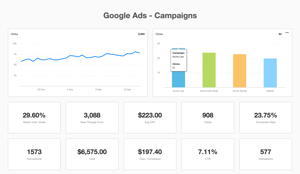 Measuring the success of inbound marketing and paid advertising campaigns is essential in order to determine whether or not your efforts are paying off in terms of lead generation, website conversion and ROI. To effectively measure the success of your inbound marketing and paid advertising campaigns, it's important to track key metrics such as click-through rate (CTR), conversion rate, cost per lead, and ROI. Additionally, in order to optimize your campaigns in the future, it's important to analyze what has worked well in terms of audience targeting and ad placement, as well as what hasn't worked so well in terms of campaign performance and results.
Measuring the success of inbound marketing and paid advertising campaigns is essential in order to determine whether or not your efforts are paying off in terms of lead generation, website conversion and ROI. To effectively measure the success of your inbound marketing and paid advertising campaigns, it's important to track key metrics such as click-through rate (CTR), conversion rate, cost per lead, and ROI. Additionally, in order to optimize your campaigns in the future, it's important to analyze what has worked well in terms of audience targeting and ad placement, as well as what hasn't worked so well in terms of campaign performance and results.
There are three main benchmarks to consider:
Inbound marketing is a long-term investment as you need to be very consistent and persistent to gain organic authority. On the other hand, paid advertising offers instant gratification, but once your ad budget is spent, those ads are gone forever. Fortunately, together, inbound marketing and paid advertising can be a winning combination to get more brand awareness.
By tracking the key metrics associated with each approach, you can fine-tune your efforts to ensure that you are getting the most out of both inbound marketing and paid advertising. As long as you are patient and consistent in your inbound marketing efforts, you will see a payoff in terms of increased website traffic and lead generation.



Lorem Ipsum is a simple dummy text used as a dummy text contents. Lorem ipsum will be replaced. Lorem Ipsum is a simple dummy text used as a dummy text contents. Lorem ipsum will be replaced.Lorem Ipsum is a simple dummy text used as a dummy text contents. Lorem ipsum will be replaced.


